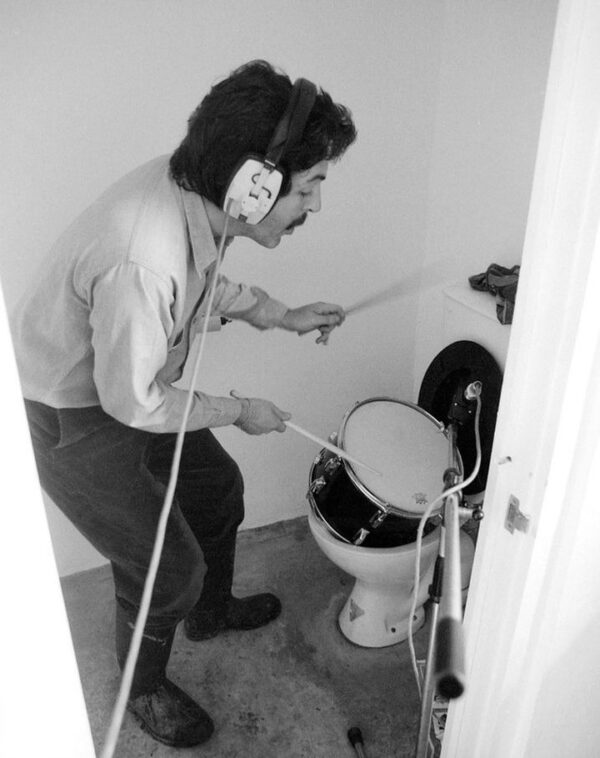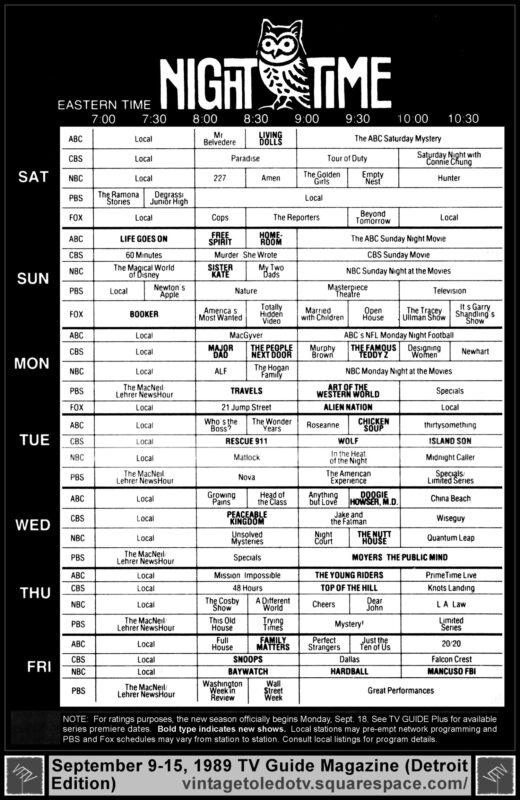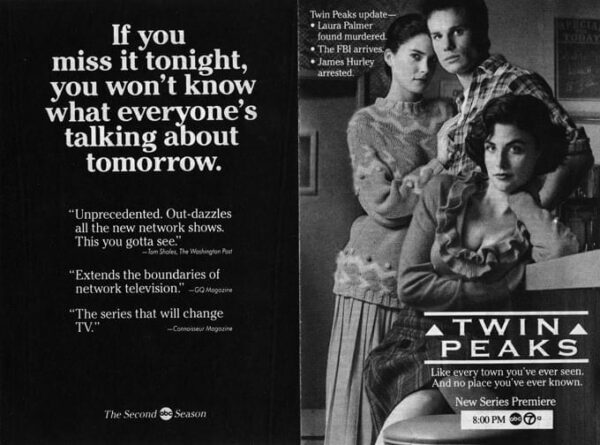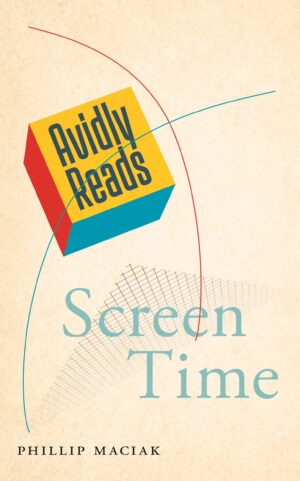
My monthly mixtape project turned into a baker’s dozen (I made two tapes in August — one was a bonus mix inspired by our trip to Oahu) and is now complete. Each tape was made from a sealed, pre-recorded cassette I bought for less than 99 cents at the record store. I taped over the protection tabs, taped over the music, then I taped over the artwork.
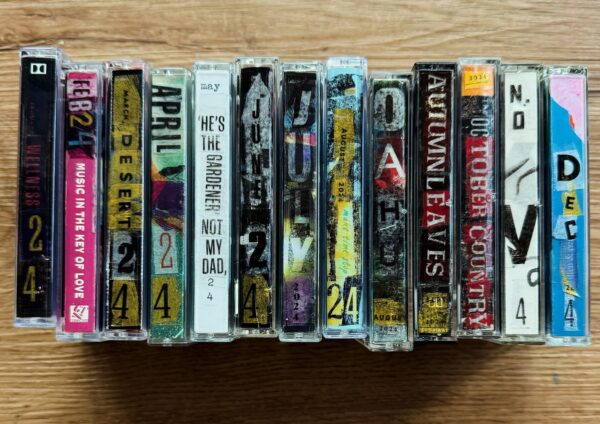
Each tape was of a different length and quality. (The longest and highest quality cassette was John Tesh’s Music in the Key of Love.) I enjoyed collaging over the existing artwork and using it as a constraint — sometimes I flipped the cover inside out. My tape deck started making a horrible squeal on the last mix, so I used our old Sony boombox to create the last one.
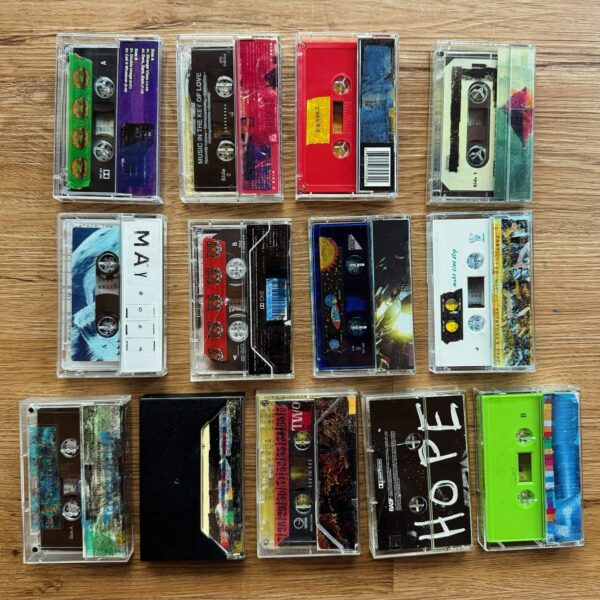
Not all the mixes are created equal, and a few, especially the early ones, are missing tracks that aren’t available for streaming. You can browse them all here.
What was the point? Fun. It was fun to make these mixes. It’s fun to come into the studio and pick one and throw it on. It’s fun to make things by hand and then share them digitally.
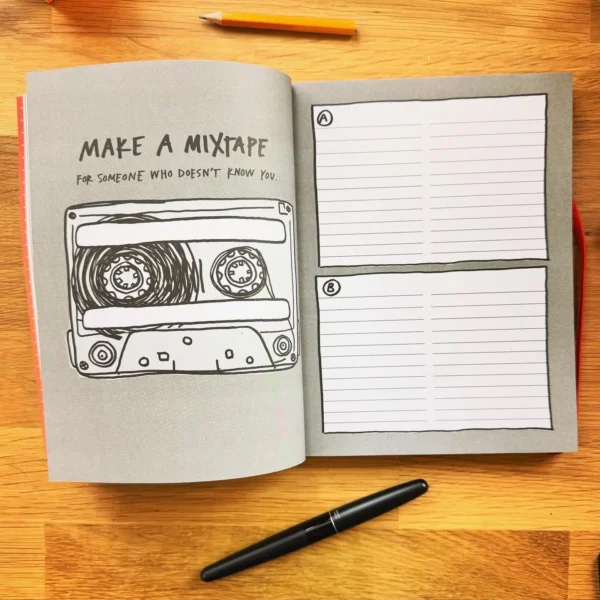
It’s also fun that the project started because I’m cheap — blank cassettes are really expensive now — but my cheapness led to the idea of recording over pre-existing cassettes, which turned into a beautiful constraint.
I actually have enough sealed cassettes hoarded now that I can make monthly mixes for the next two years. We’ll see!
Filed under: mixtapes



